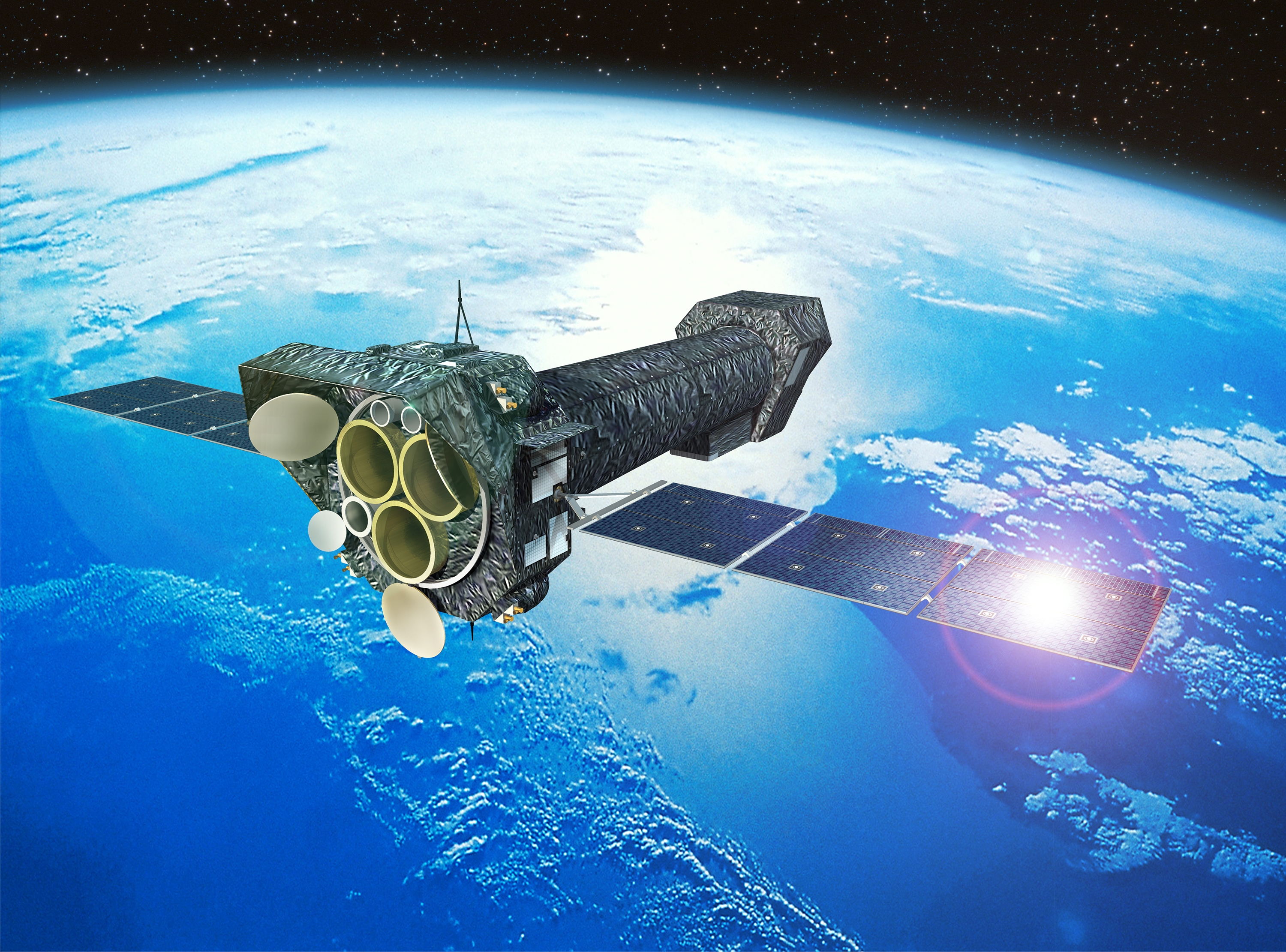A star in the constellation Pisces "devours" the planet and litters the space around it with dust and gas

The XMM-Newton satellite is one of the scientific tools that gives scientists the opportunity to expand our understanding of the universe.
A group of astronomers from the United States, studying the star RZ Piscium, found that its strange change in luminosity could be caused by the presence of huge gas and dust clouds in various orbits. Most likely, these clouds are traces of previously destroyed planets, although there are other assumptions.
"Our research shows that massive accumulations of dust and gas in a random order block the star's light, changing its luminosity when passing in front of the disk relative to the earth observer," said Christina Punci, one of the participants in the study. She says that although there may be other reasons for the observed changes, scientists believe that in this system it is dust and gas that are the main reasons for the luminosity dynamics.
Well, the gas and dust clouds themselves can be the result of the destruction of the planets existing near the star in their orbits. True, the causes of the destruction of the planets are not exactly known - here scientists can only express their assumptions.
The star RZ Piscium is located 550 light years in the direction of the constellation Pisces. She then loses part of her luminosity for several days, then begins to shine 10 times brighter. This star emits much more energy in the infrared, more than it emits, for example, the sun or similar stars. It is this “energy shift” towards the infrared spectrum that is the main reason for American scientists to have a large amount of dust and gas in this system. Only four stars of the same class, known to scientists, have a higher luminosity in the infrared spectrum than this star.
Scientists have been observing this star for quite some time, and it was previously believed that on the outskirts of this system there is a huge belt of asteroids, which leads to fluctuations with luminosity.
There were other versions. For example, some scientists have suggested that now this star is in a kind of transitional period and will soon turn into a red giant. Dust and gas are traces of planets destroyed by an increasing star in diameter, which once cruised along their orbits around a star.
So what is this star - a young inhabitant of the Universe or an old man already wise by billions of years of existence? According to Punci and her colleagues, this star has both signs. This conclusion was made by scientists after observing the star using the satellite of the European Space Agency XMM-Newton, as well as the 3-meter Shane reflector telescope in Lick Observatory, California, and the 10-meter telescope from the WM Keck Observatory located on the Hawaiian Islands. The XMM-Newton scientific apparatus was launched in 1999 from the Kourou space center in French Guiana.
Scientists have calculated that the temperature of the upper layers of the star is about 5300 degrees Celsius, which is a little less than that of the Sun (about 6000 degrees). In this case, the star is rich in lithium, which is usually gradually destroyed during thermonuclear reactions during star aging.
“The amount of lithium in a star decreases over time, so this element can serve as a kind of clock that counts the time since the birth of the object,” says Joel Kastner, head of RIT's Laboratory for Multiwavelength Astrophysics. "We calculated that the age of a star ranges from 30 to 50 million years."
The fact that the star is really young is almost beyond doubt. But where does so much dust and gas come from within the reach of the gravitational field of the RZ Piscium? There is an assumption that the star gradually destroys the planet-gas giants arising in this system. For example, it simply blows off the matter of these planets, and this “litters” its surrounding space. Or maybe part of the substance was captured from a neighboring star passing by RZ Piscium. Now most of the gas and dust in this system are at a distance approximately equal to the distance from Mercury to the Sun.
The scientists' article was published in the December 21 edition of The Astronomical Journal.
All Articles